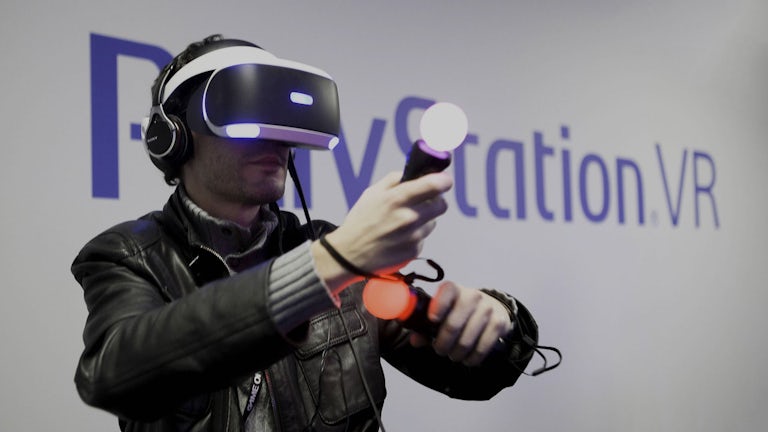Shopping Bag (0)
Shopping bag is empty


From Jeavon Smith, Executive Creative Director & Partner
“The same experience design principles apply to making a truly great brand experience, whether it’s physical or virtual. We just need brave ideas that allow us to express the intent differently. This means starting with the audience and putting them front and centre. Then create a thread through the experience design by building a narrative journey that shapes the storytelling though each and every touchpoint. To maximise impact, consider building content engines: extending the shelf life of an event by using content to help the experience travel across locations and time. And make sure the content is intrinsically shareable, for example by using personalisation that empowers the audience to curate their own content.”
From Jamie Davies, Head of Innovation
“Combine entertainment with moments of joy and magic. This way, users are not only more likely to come back, but also to share their experience.
The tiniest of tiny examples is the brilliant Deliveroo Rider Tip button. When you act kindly and tip the rider, you get a small digital reward of a coloured spark shower and an increasingly happy looking emoji. It’s a very functional transactional piece of UI, but with a level of entertainment and reward baked-in. Super simple but super effective. So consider how you could these digital rewards for interactions or acts-of-kindness in virtual experiences.”
From Alex Wilson, Head of Content
“It’s important not simply to be reactive to what others are doing. For example, Coldplay’s Chris Martin live-streamed singing from his living room and now everyone is doing living room gigs. Instead, think about how you can differentiate from the ‘wall of same’. My answer for finding differentiation is the same as before COVID-19: lean into the insights of your audience, look at the best solution to the problem and be creatively brave to ensure you’re leading from the front through adaption, not mere adoption.”